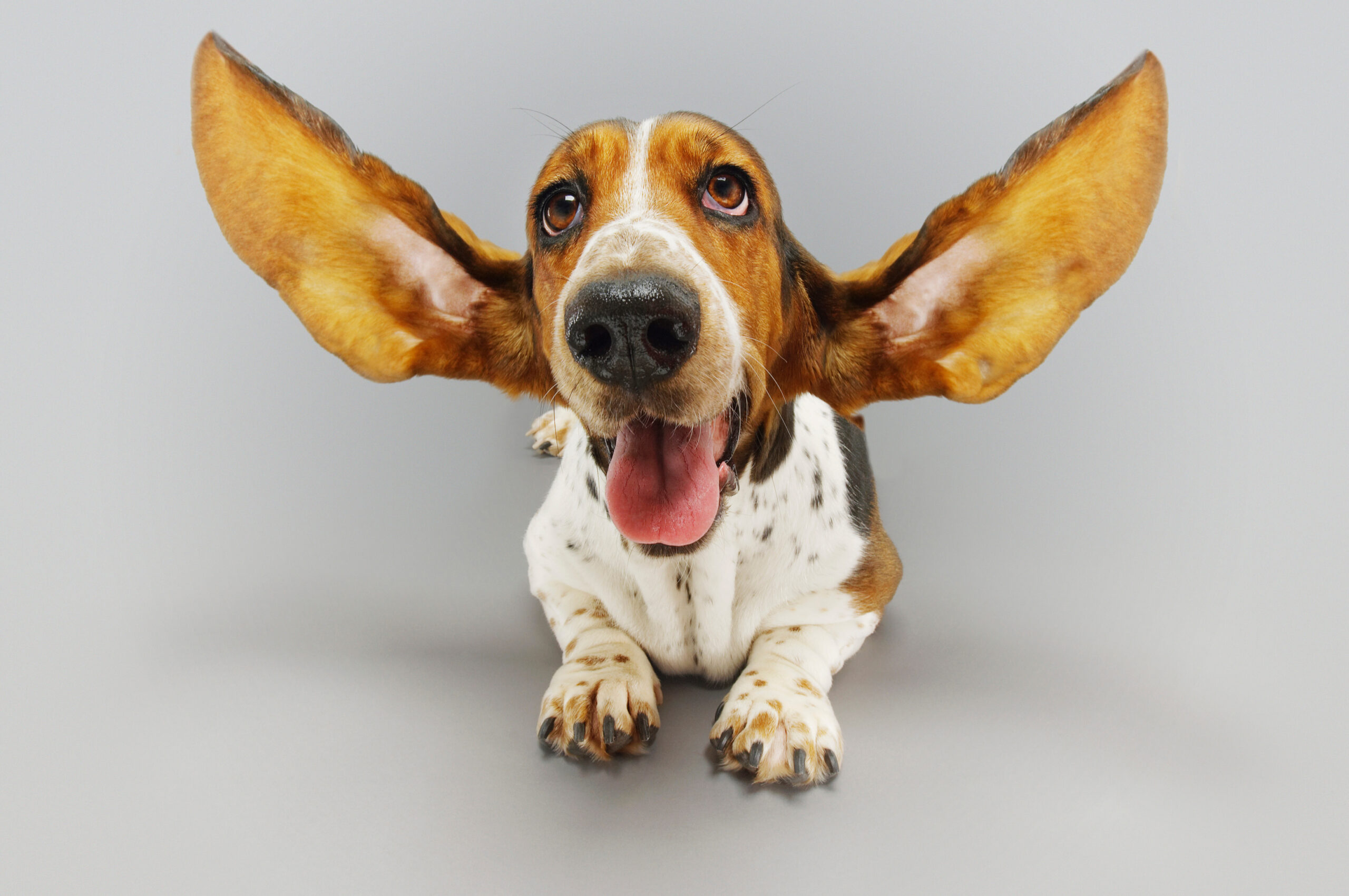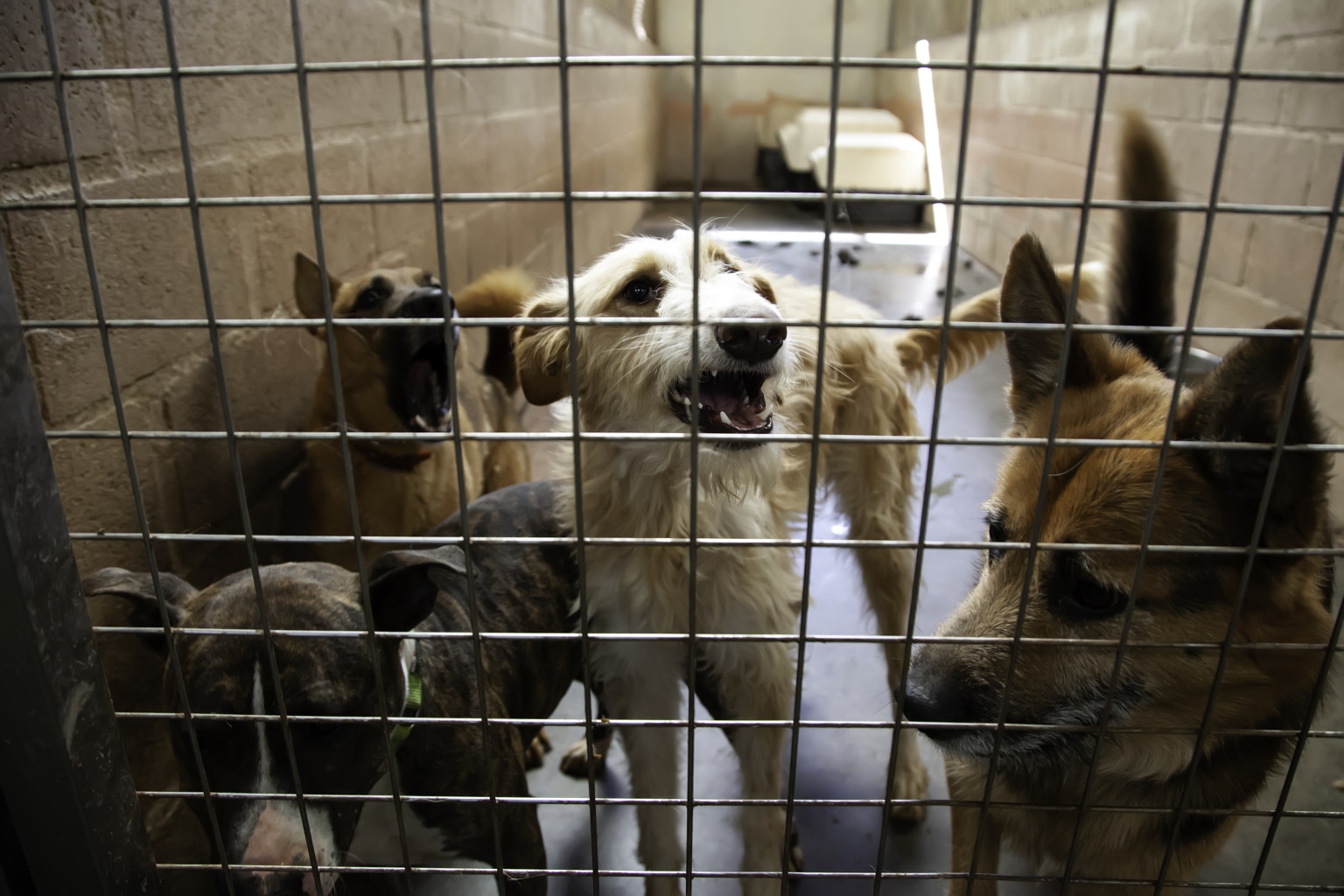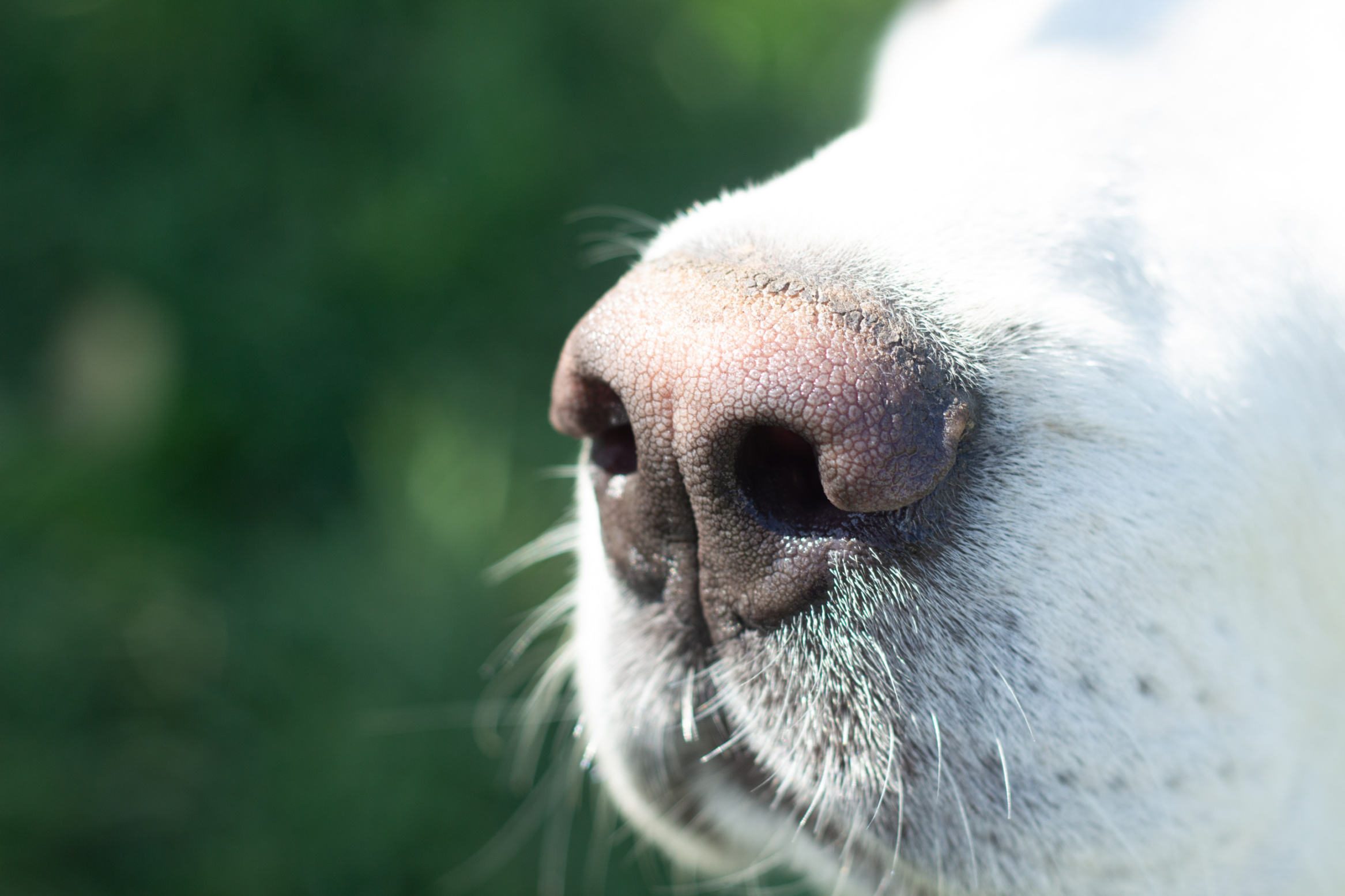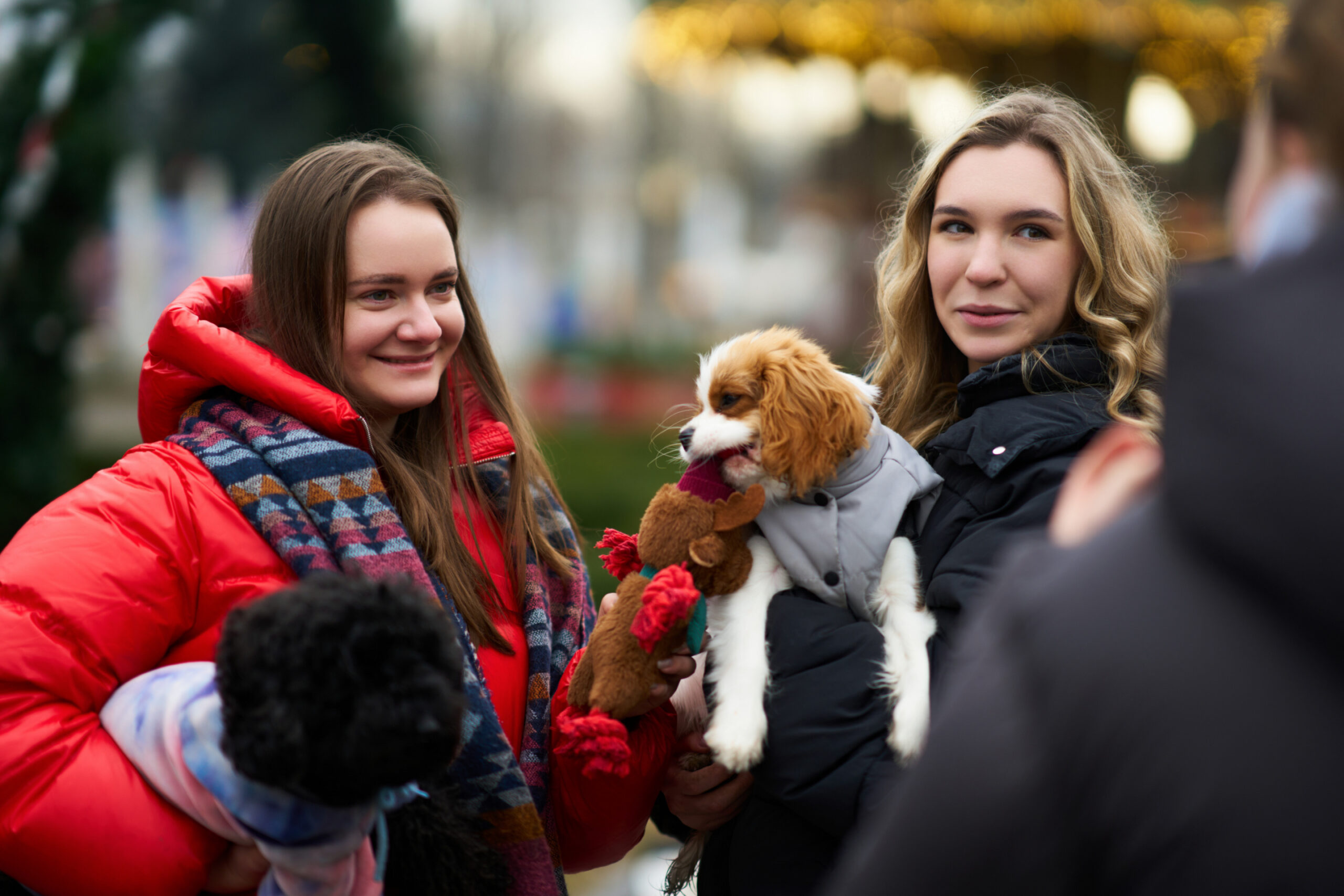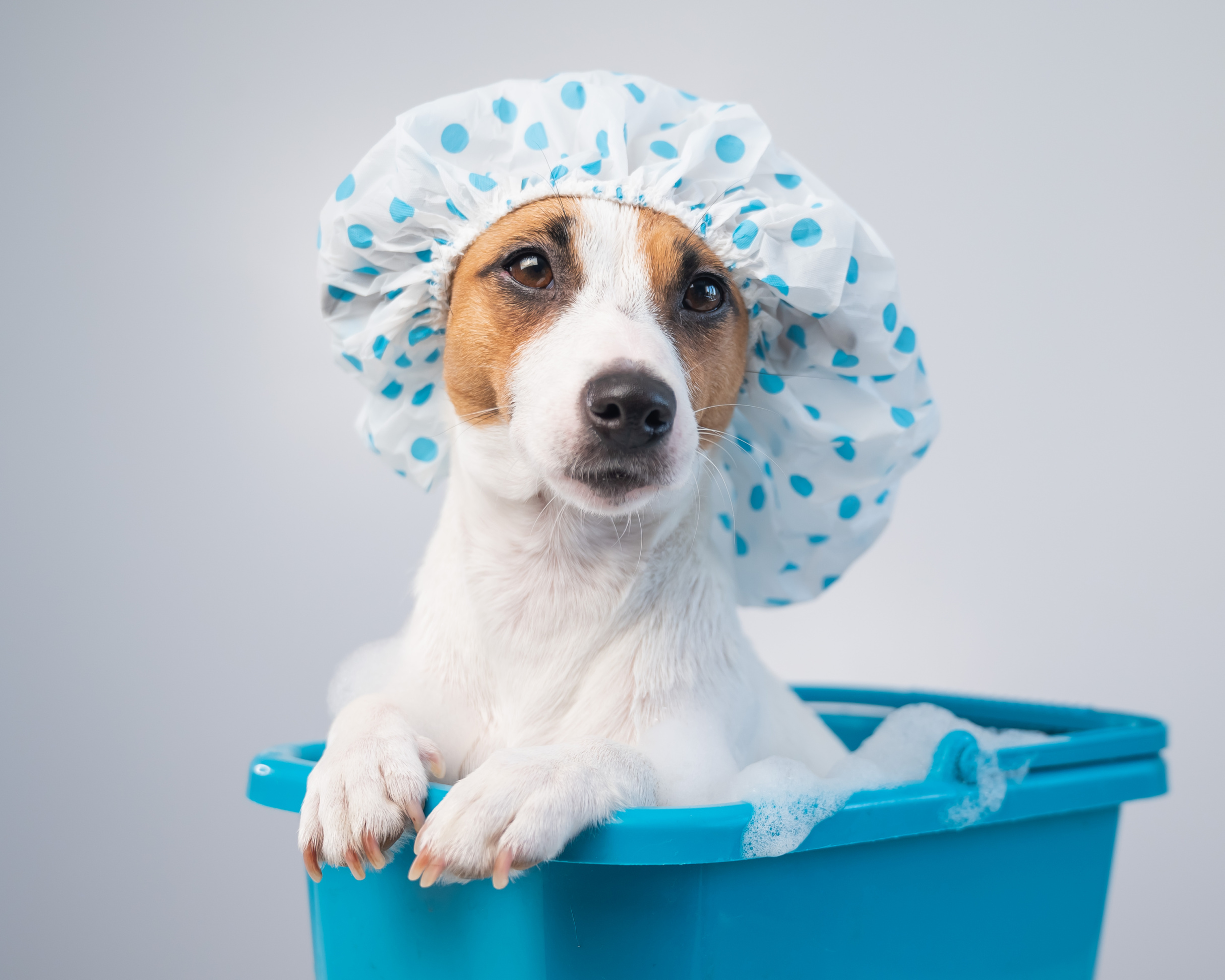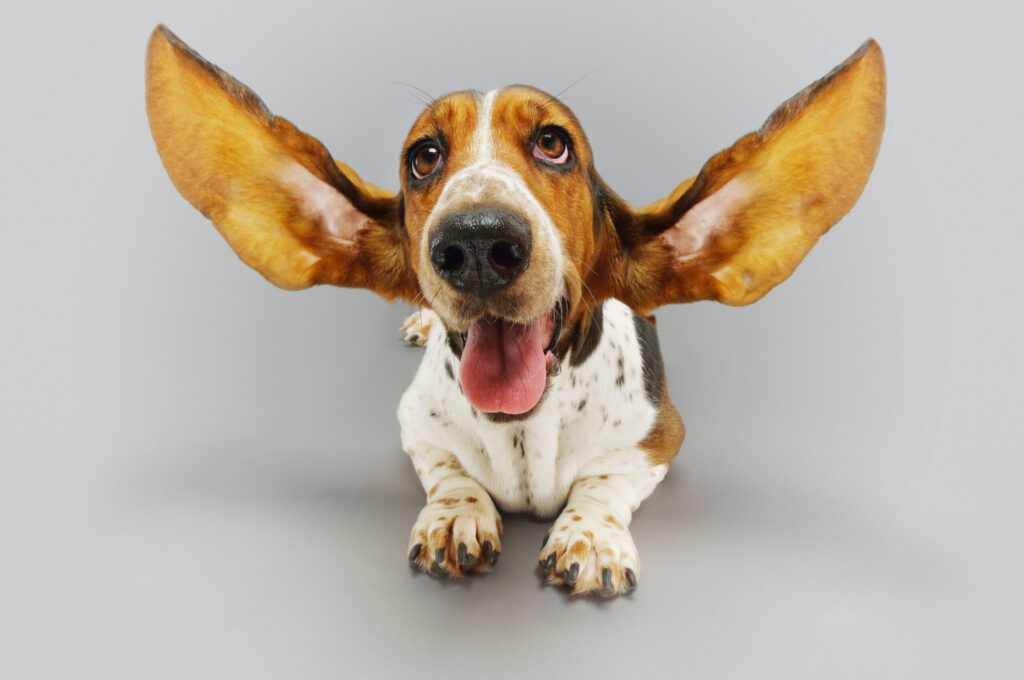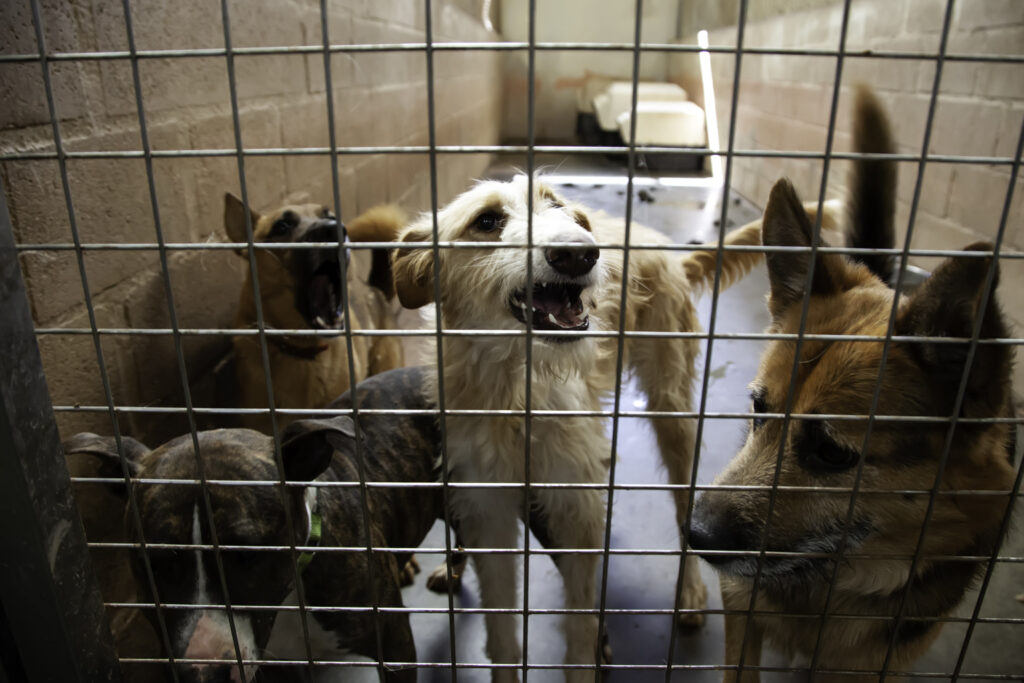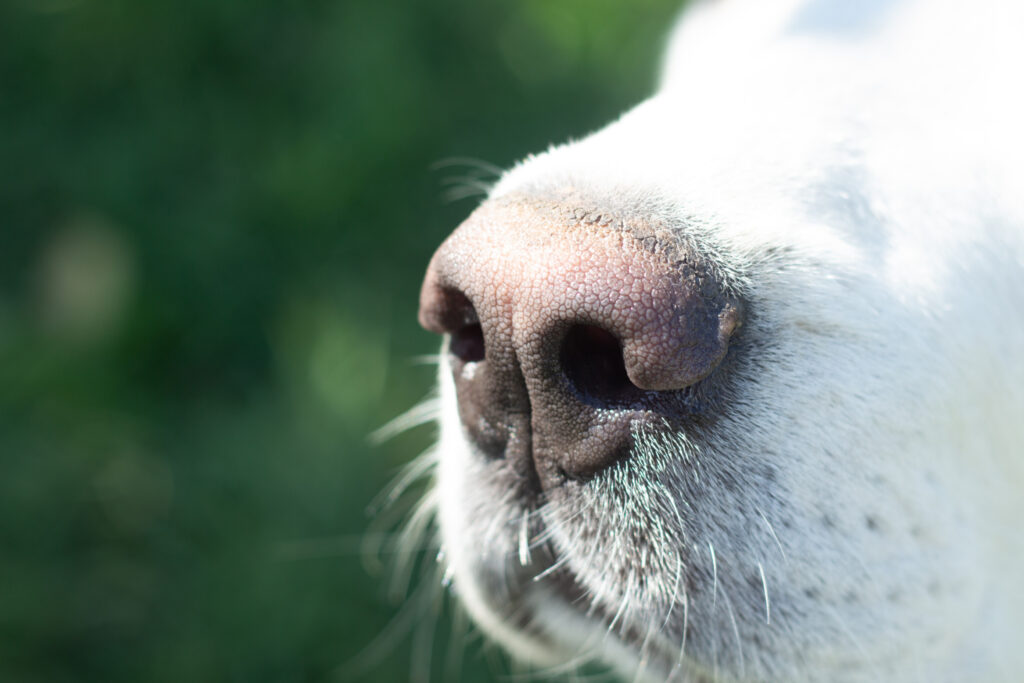Leash Drama? How to Help Your Dog Feel Safe (And Actually Enjoy the Walk)
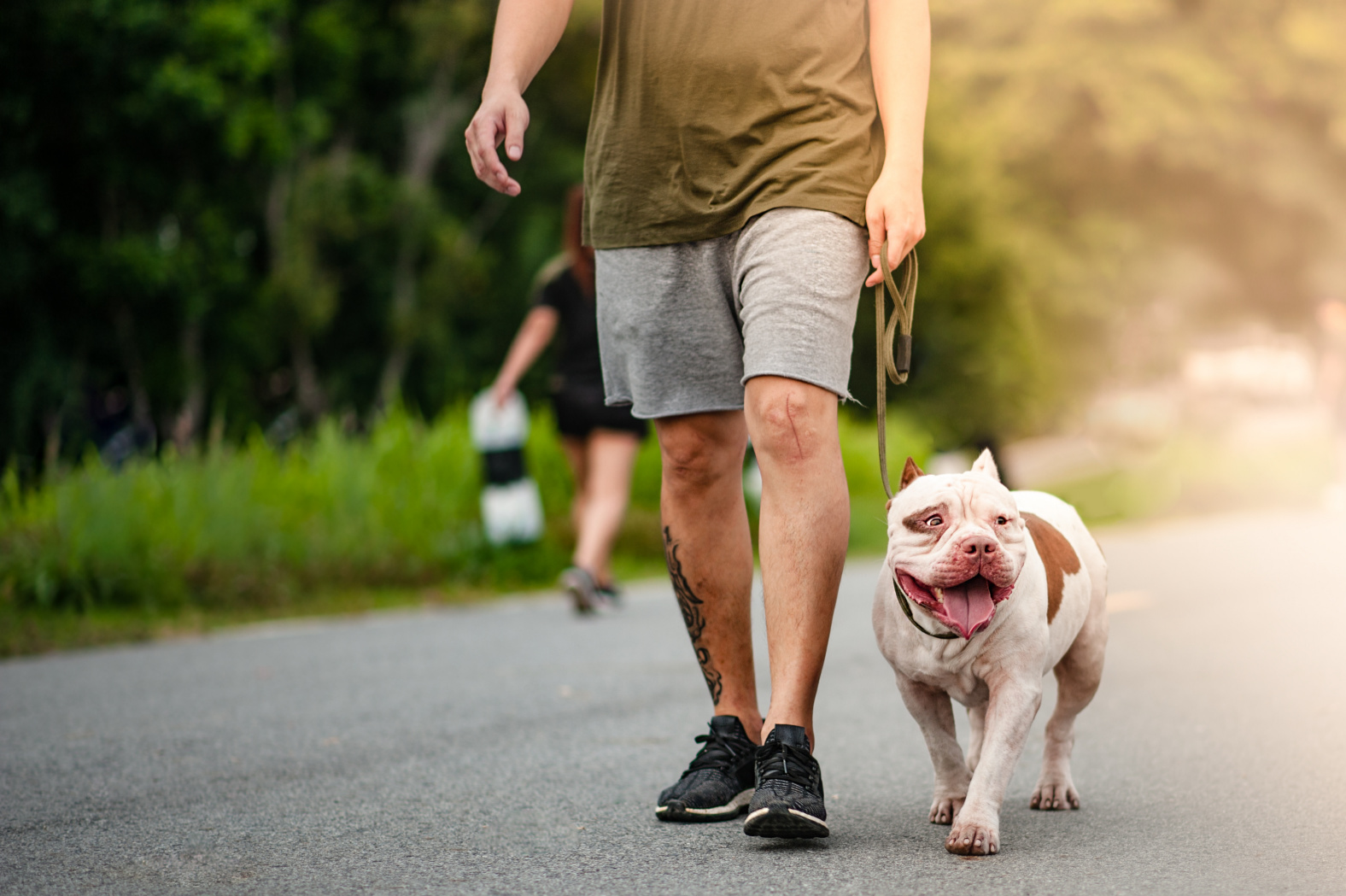
Some dogs feel stressed when being restrained by a leash. This is why it is SO important to know how to walk a dog AND use a walking tool that helps you communicate clearly with your pup. They need to KNOW and FEEL that ‘you’ve got this’ so that they can relax and not think that they are always in danger. My favorite tool to work with for leash reactivity is The Sidekick Leash by Heather’s Heroes. To successfully work your dog through leash reactivity, here are some DO’ and definite DON’Ts to adhere to on your training journey.
DO
Learn the structured walk. The structured walk is when your dog is able to walk loosely by your side, on either the right or left. They are not zig zagging, pulling, or sniffing everything in sight. When a dog is walking with you, it means they are paying attention to you. You do not need to ask them to look at you repeatedly to confirm they are focused. They will show you. A communicative walking tool, such as the Sidekick, helps you set these expectations calmly and effectively. The Sidekick operates off of natural calming points on a dog’s head and provides ultimate steerage control with minimal back and forth. When a dog understands their boundaries, they are calm. When they are calm, they are less inclined to be reactive. It’s really that simple.
When walking your dog, you will want to advocate for their best interests. One of my personal dogs was very leash-reactive towards other dogs. However, I learned that giving him space on a leash, along with other effective training practices, was the best course of action in keeping him calm and helping him to trust me. The more space he had between himself and another dog on a leash, the less anxious he became, thus creating a more positive walking experience. The more positive walking experiences he had, his reactivity over time greatly decreased. Remember, when a dog is reacting, they are not giving you a hard time, they are having a hard time. Learning what will best help them feel successful in a stressful situation will decrease the likelihood of them having leash-reactive episodes.
Many times when a dog is having a problem, we just want it to be over as quickly as possible. In the case of leash reactivity, when a dog is lunging and barking, we just want to get out of dodge ASAP, so we rush our dog out of the situation. When we don’t allow our dog to process a problem in the moment, then they never learn an alternative way of coping. Therefore, they will continue to be reactive. Instead, we need to help our dog learn how to work through the problem. This means helping them understand the ‘no’ and rewarding them with the ‘yes’. The ‘no’ would be the limit: if you lunge/bark on a leash, I will ask you to calm down in the moment by using light leash pressure and requiring you to sit. When they do sit, the leash pressure is released (the beginning of the reward). Then we allow our dog to sniff the air which indicates that they are now using another, more acceptable form, of processing and reacting to their environment. When another dog walks past, and they react more calmly, they get a high-quality reward, marking the moment they made a great life choice. A new memory has now been formed, and your dog’s road to a less leash-reactive life begins to be paved.
DON’Ts
If your dog is leash-reactive, the last thing you want to do is avoid the problem. When you see a trigger come your way, do not hide behind rocks or large structures and wait for the problem to pass. Avoidance only makes problems worse. If your dog never learns how to visually accept something that bothers them, they are not thriving in their environment. They are remaining stuck and stressed.
If your dog is small, you might be tempted to pick them up to prevent them from becoming out of control on la eash. This tactic actually makes your dog feel MORE stressed. Dogs are more successful processing their environment with their feet on the ground. When we lift them up, we are taking away this vantage point, thus making them feel even more stressed out than they were. Also, it gives some dogs a false sense of control and when a dog is feeling out of control to begin with, the last thing they need is to FEEL that they are the ones in charge.
As I mentioned with my personal dog, the greatest tactic I used in helping him learn how to navigate his leash issues was giving him space on the walk. Most dogs that are leash-reactive are spatially sensitive. The last thing you want to do when you have a dog who you know is reactive to people or dogs on leash is to allow either party to approach your dog while on leash. Your dog will feel pressured into a social situation that they are not ready for and WILL have a meltdown. This means that yet another walk was a failure, and it’s YOUR fault, thus breaching the trust between you and your pup.
A very popular training tactic is to teach the Look command. While I have no problem with this command as a whole, when combatting severe leash reactivity, I do not recommend it. Teaching a dog to look at you instead of its problem is another form of avoidance. If your dog lives in avoidance, they are never learning how to work through their issue. The anxiety will still be there and the problem will never truly be solved.
There are some people out there who struggle in small spaces. They have two choices: allow the struggle to control their life or learn how to work through it. They are aware of their options and are allowed the make the choice that suits their lifestyle. Dogs with leash reactivity should be given the same consideration. Working through problems can be a struggle at first, but the reward is great! A life lived in avoidance, however, is no life at all. So, what will you choose for your dog?
Love dogs? So do we. Follow us for training tips, puppy wins, and plenty of tail wags:
Instagram: @katescaninesllc
Facebook: KateDogTraining
Website: katescanines.net
#KatesCanines
RECENT





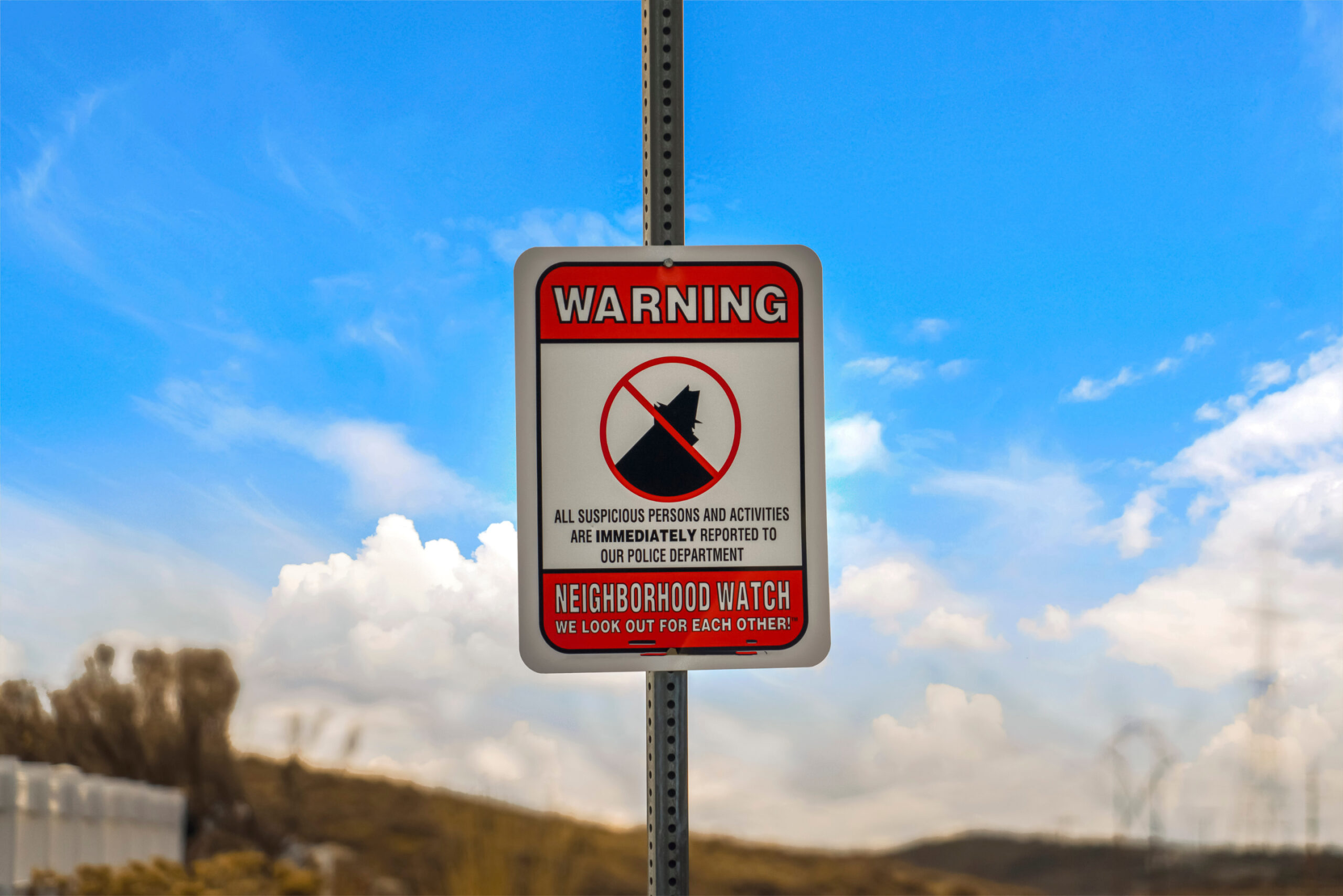
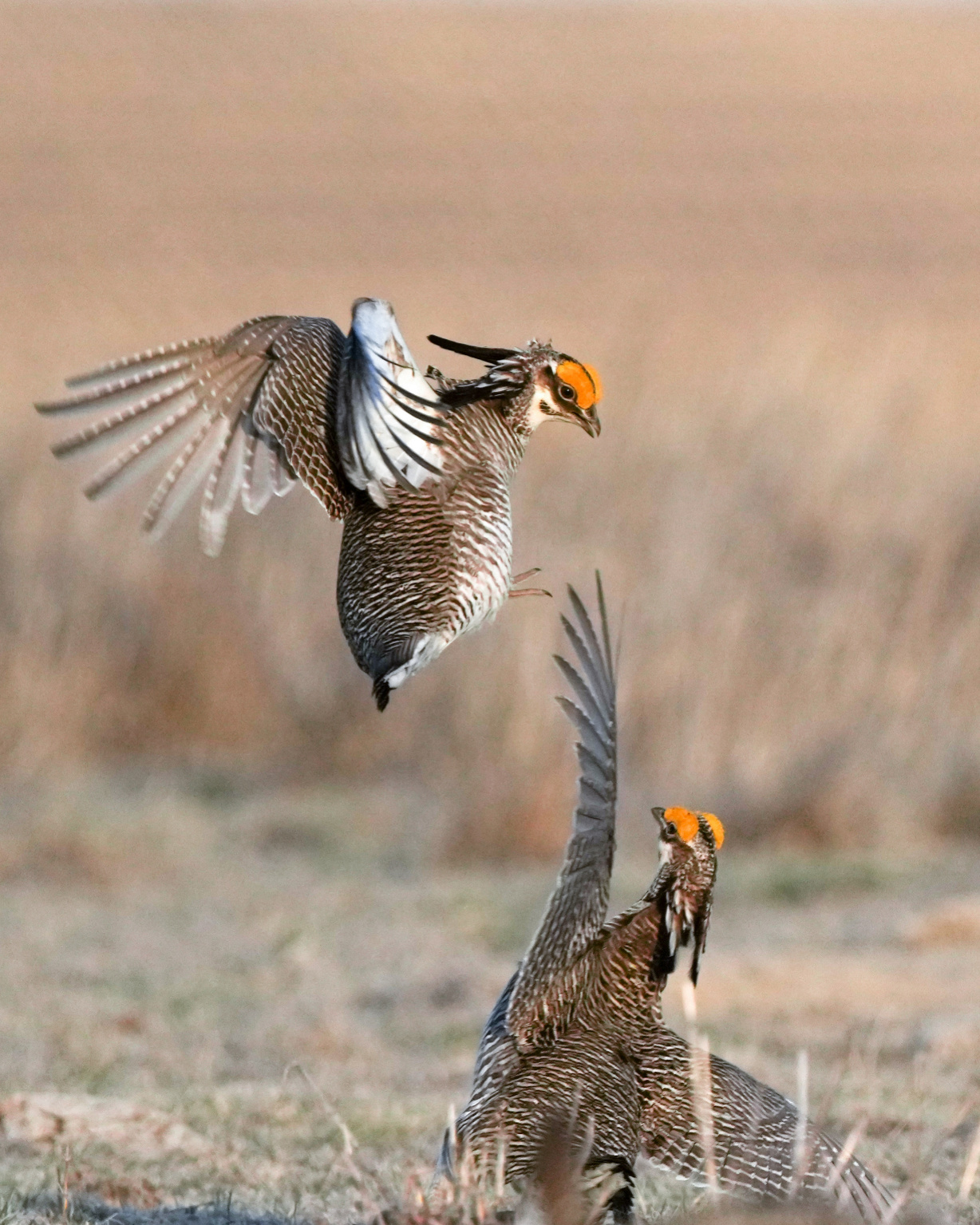
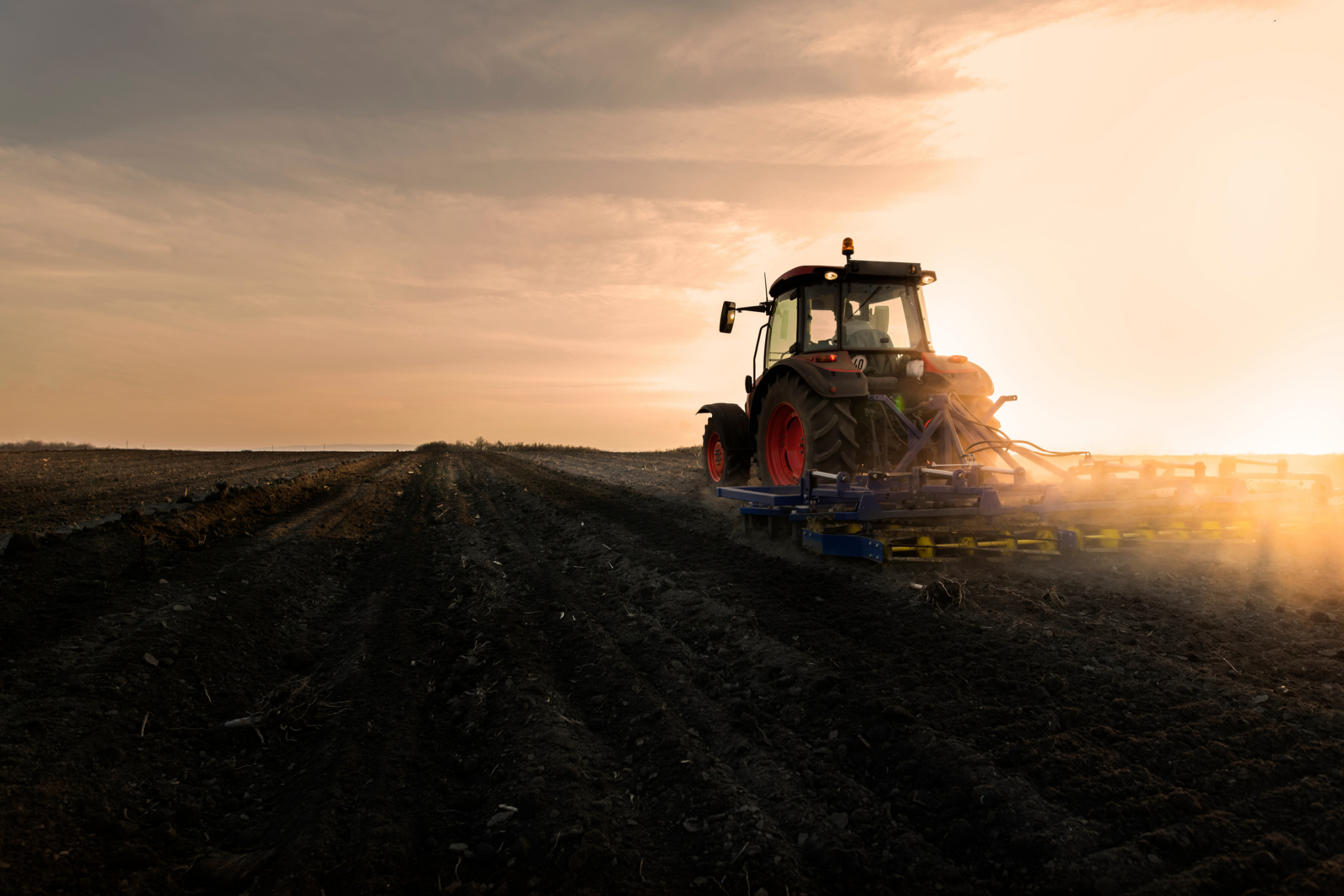


BE THE FIRST TO KNOW
More Content By
Kate McCue